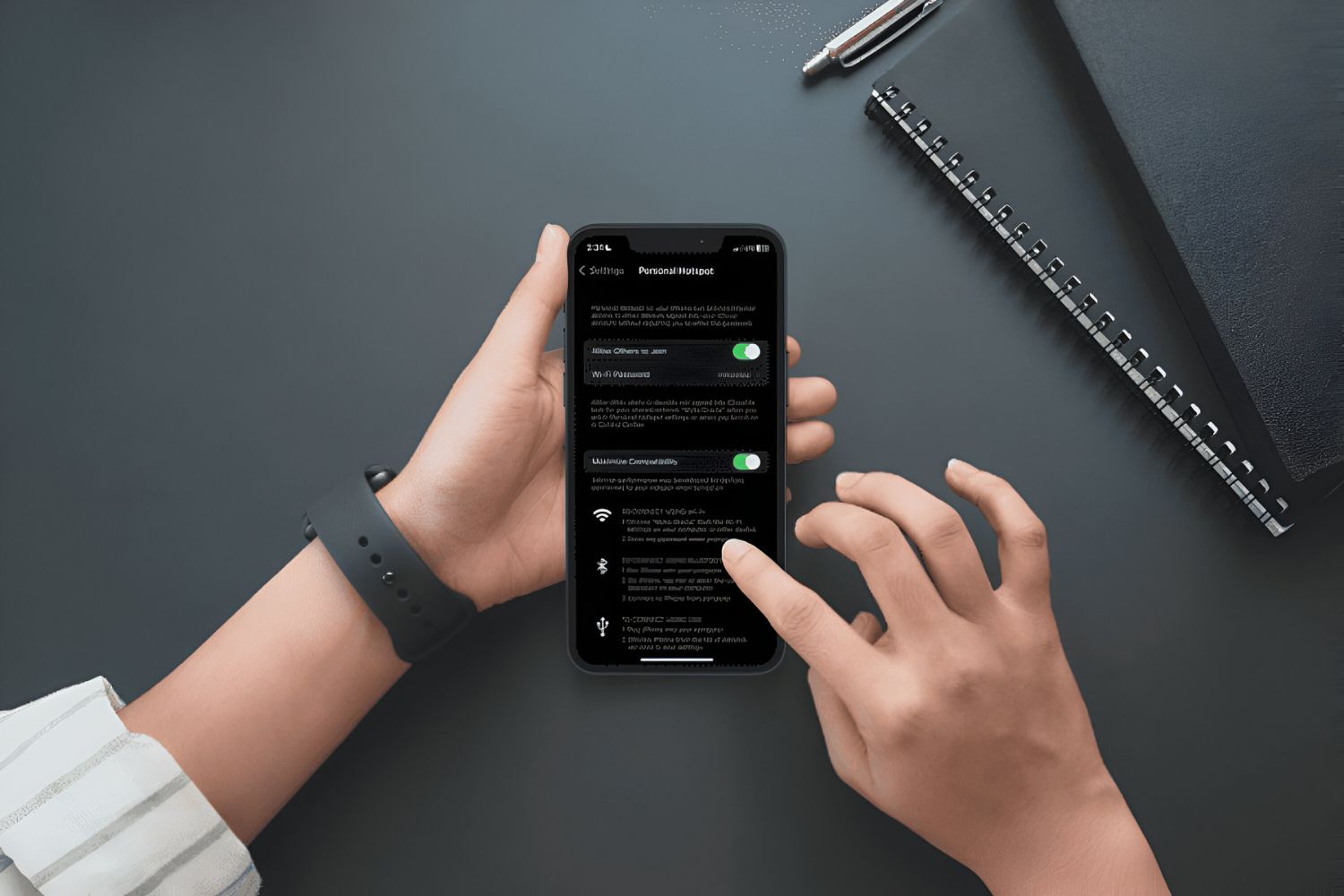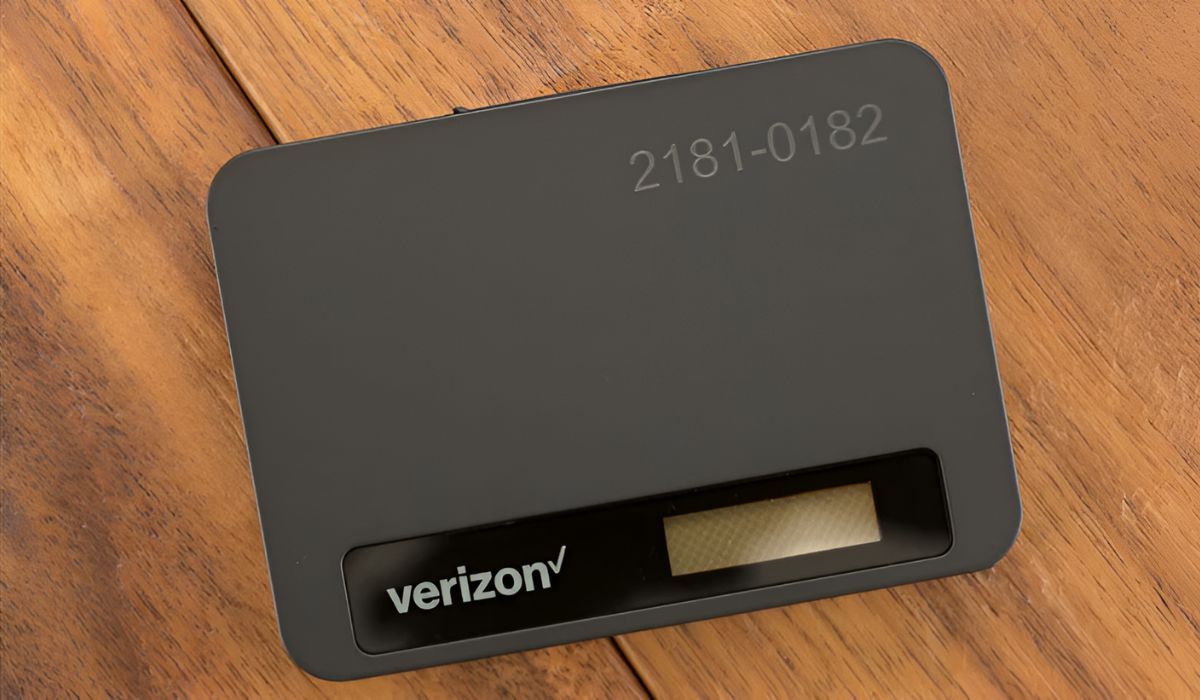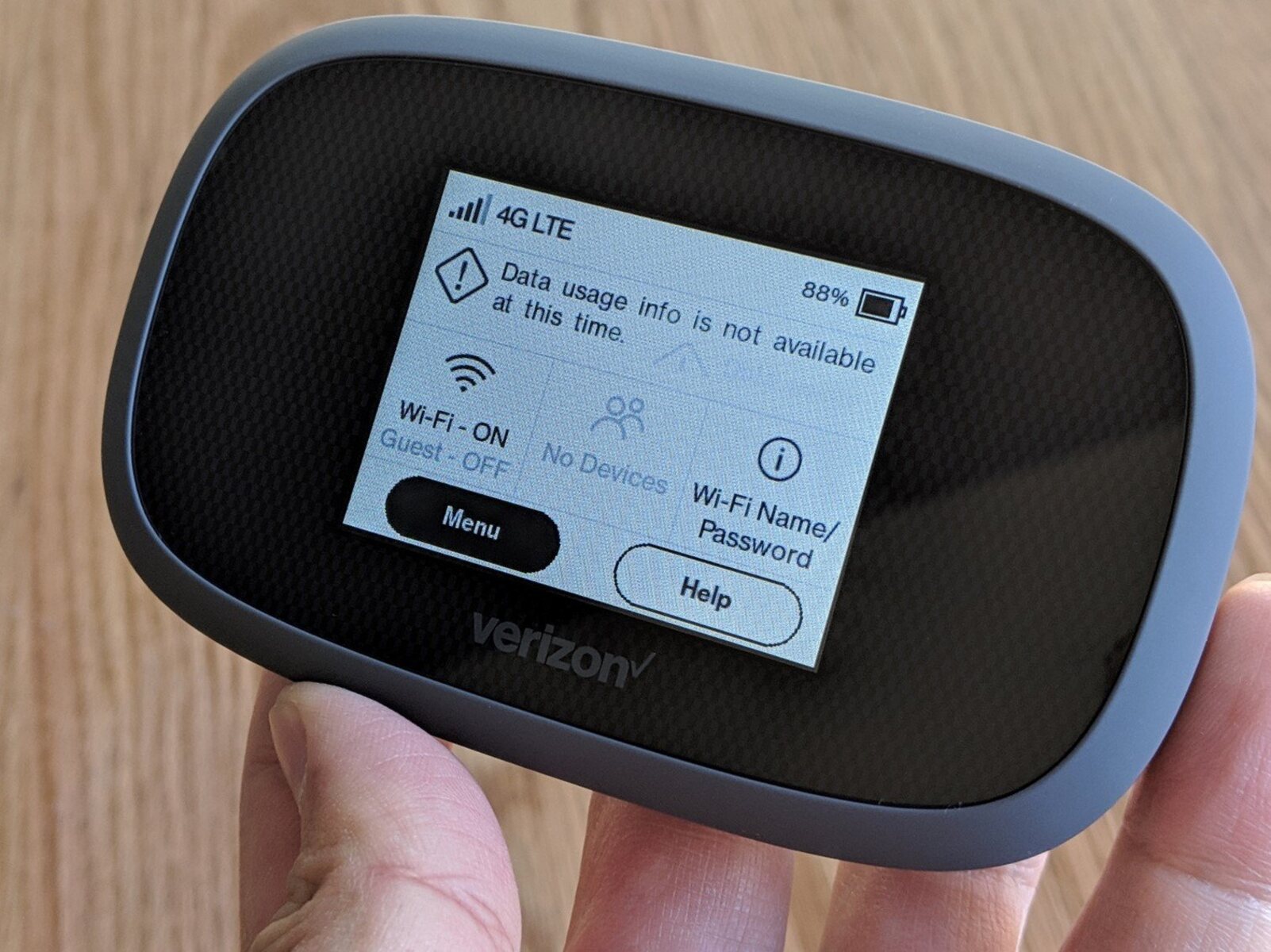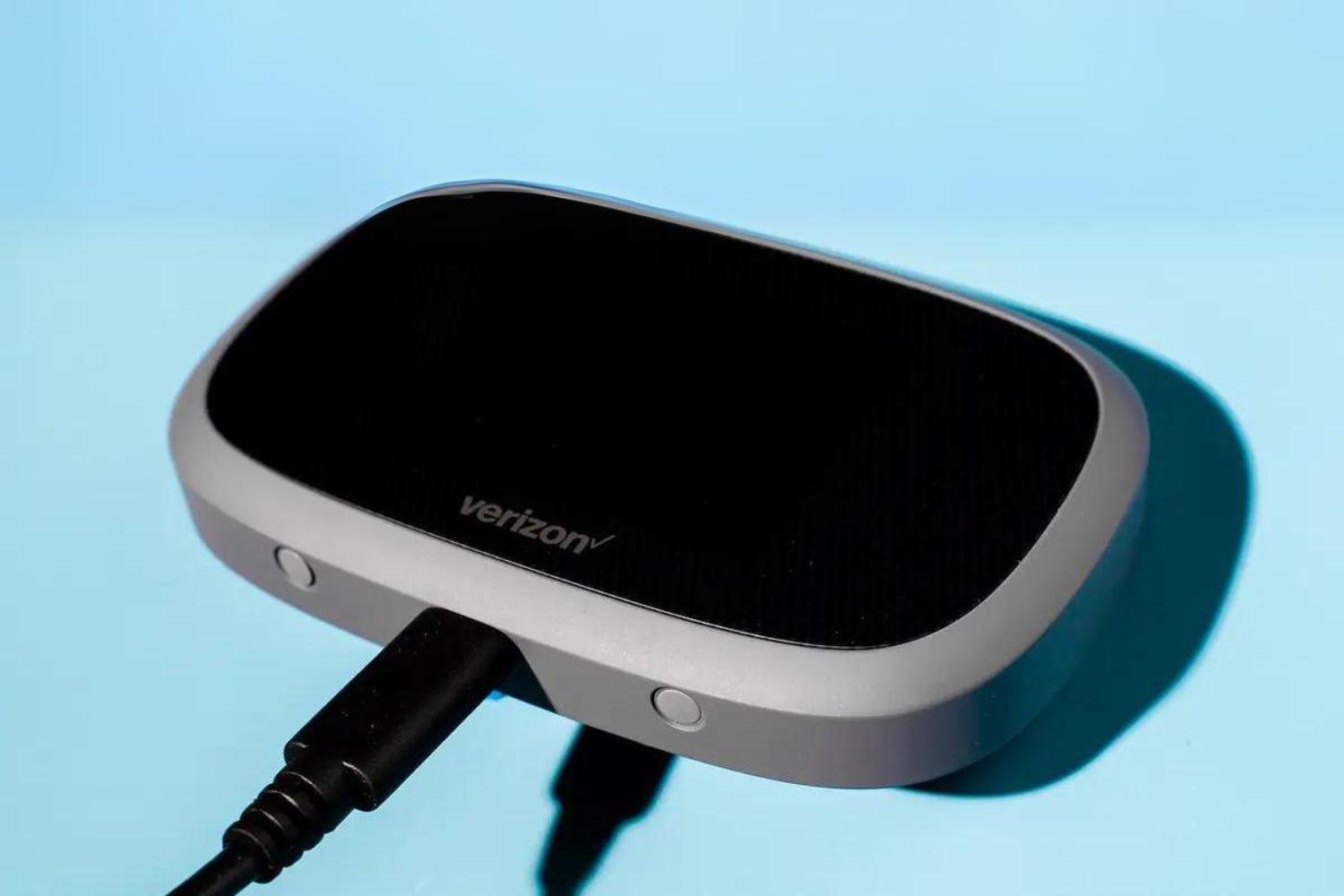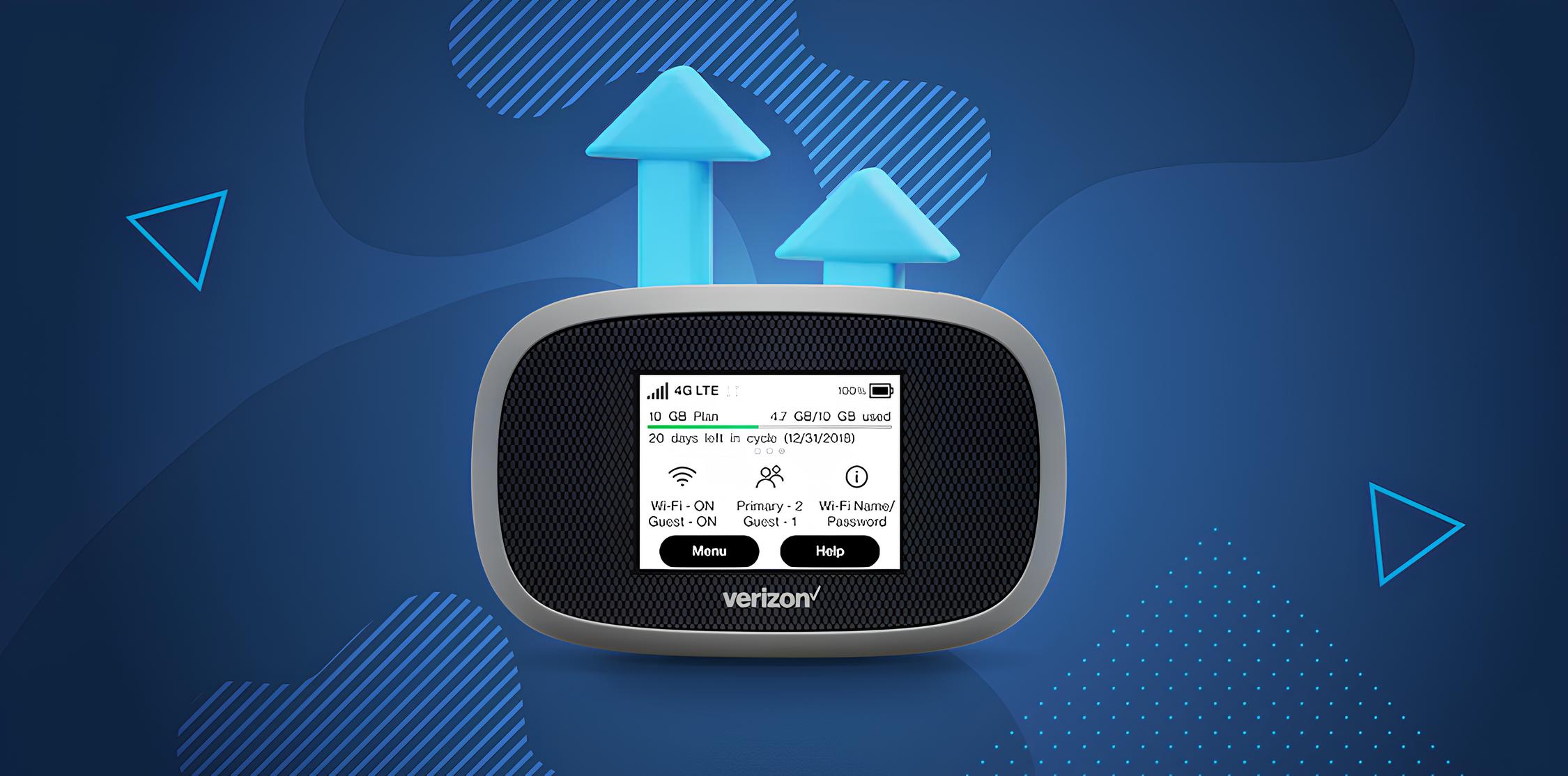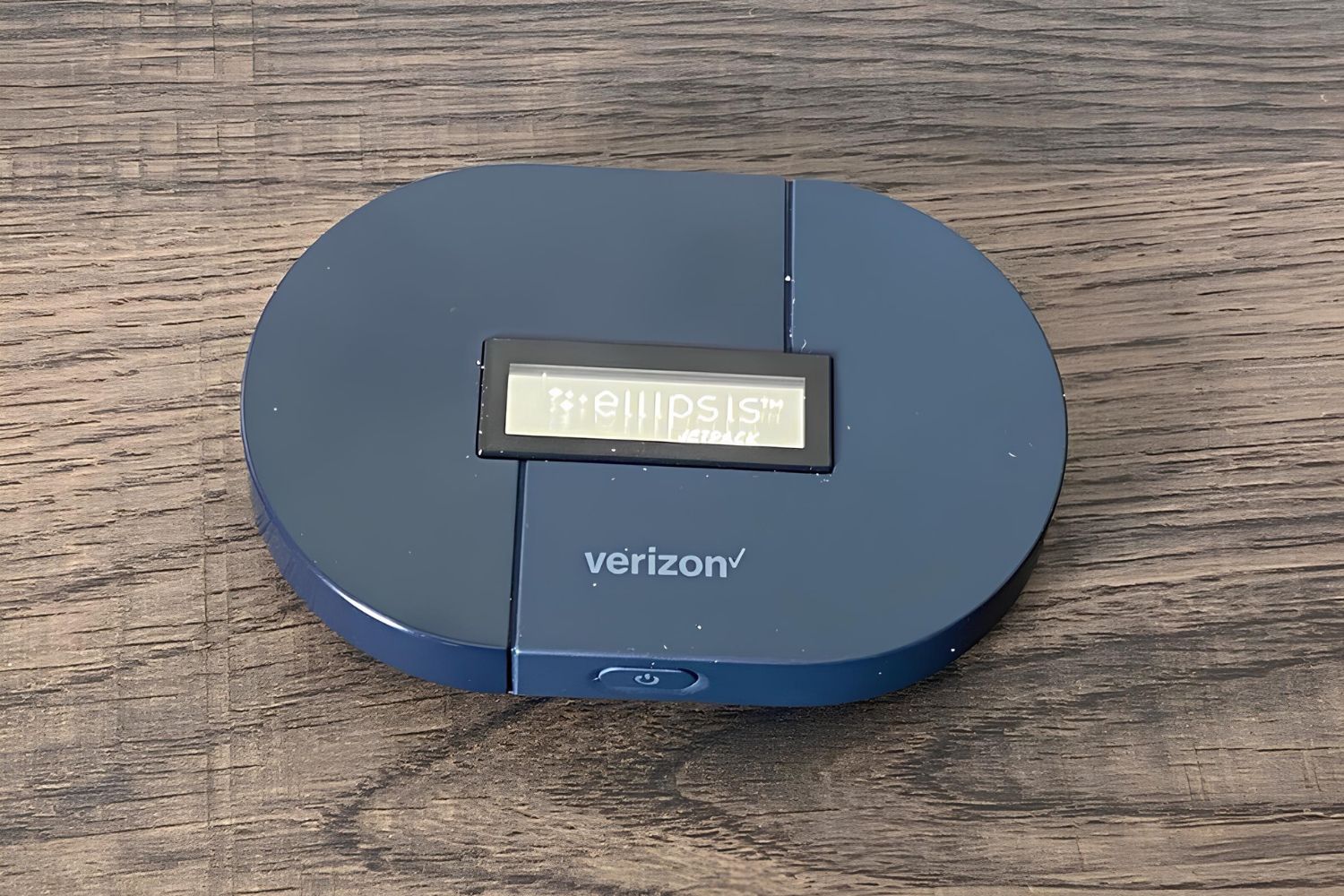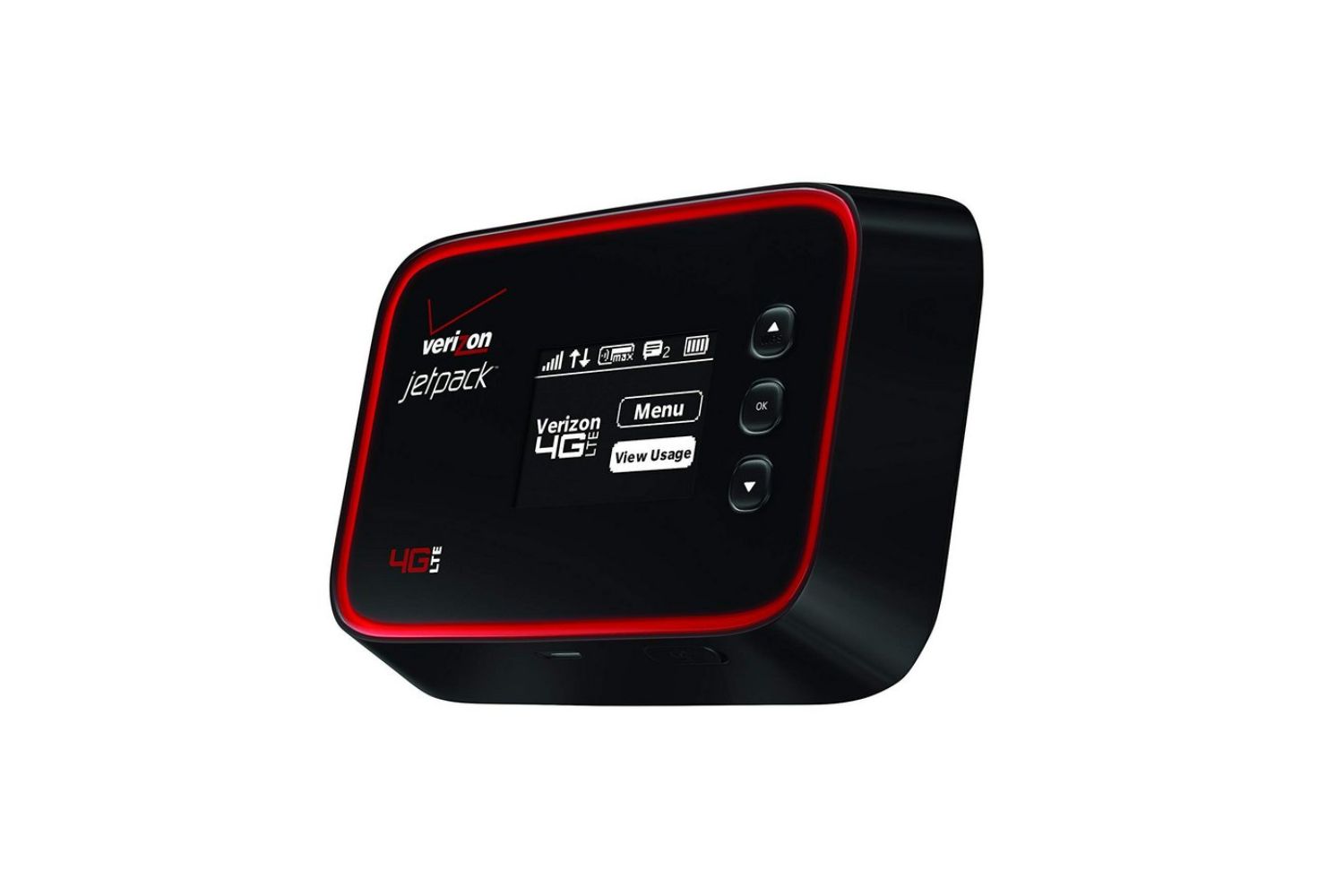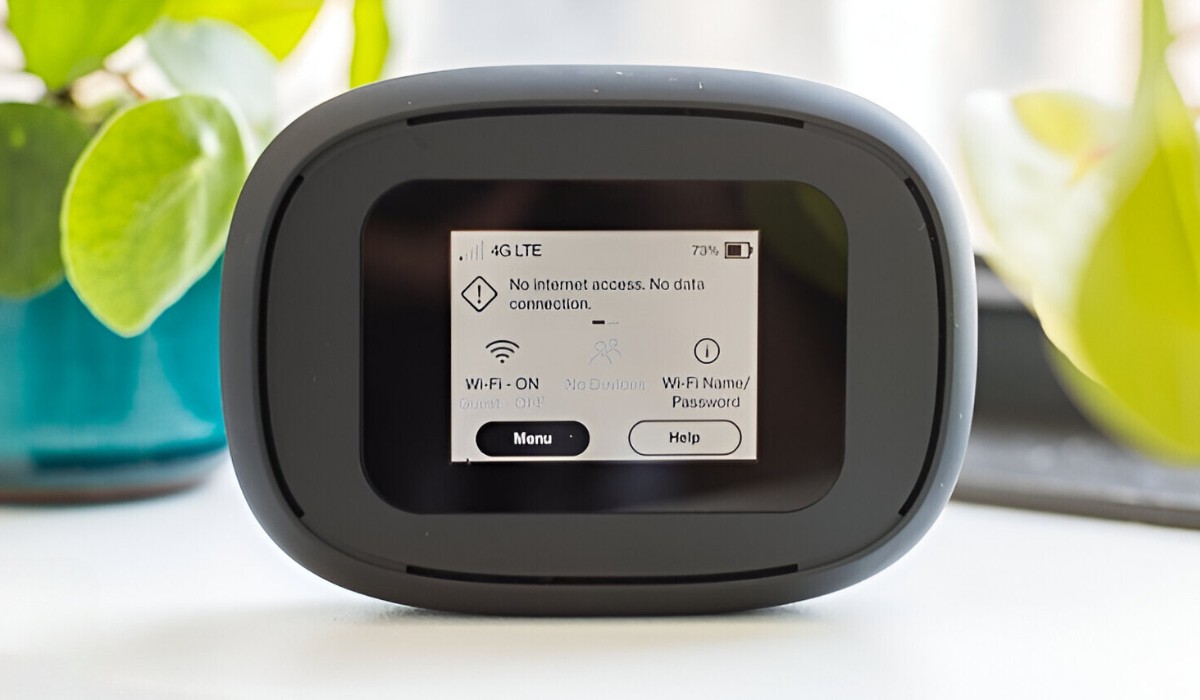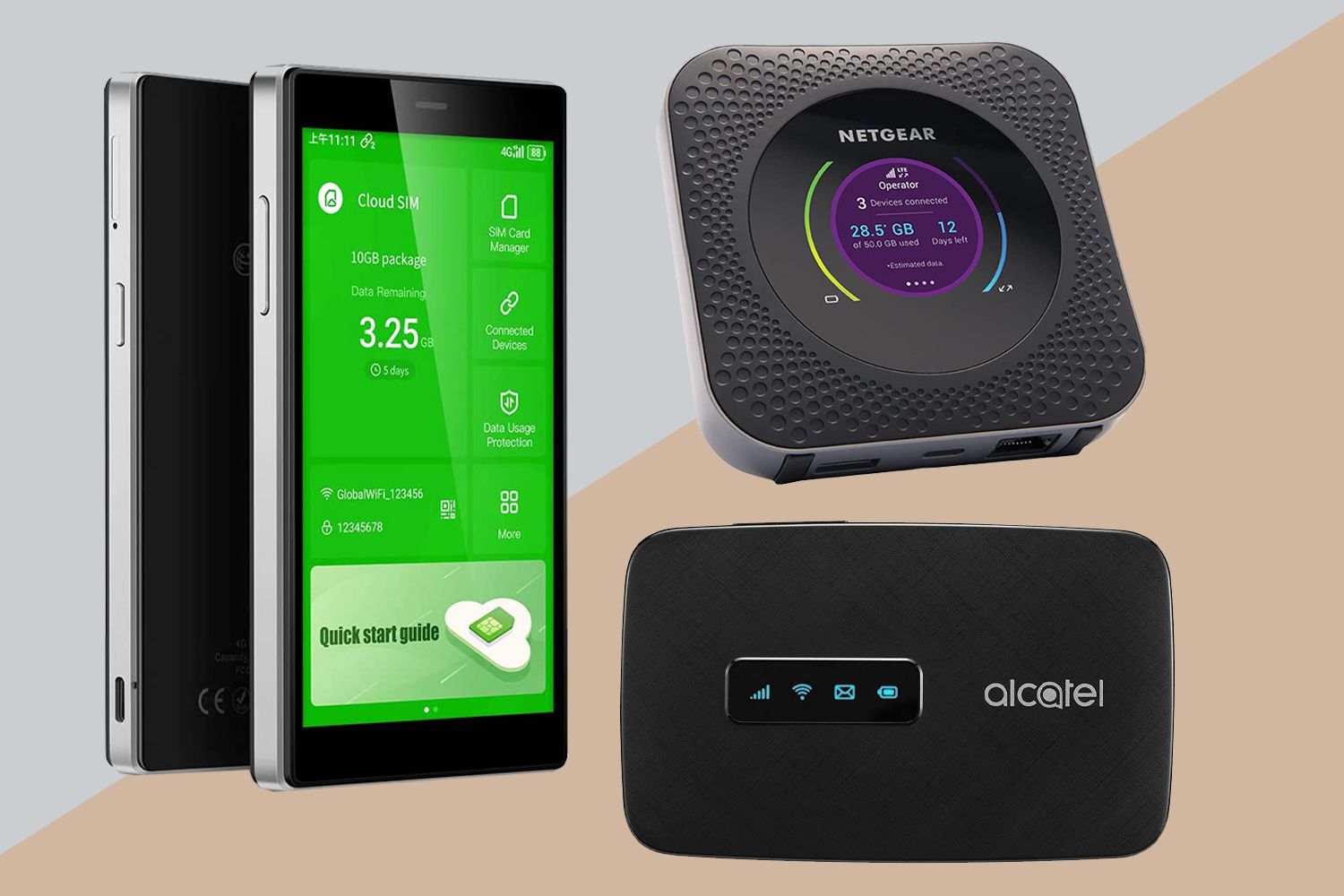Introduction
Verizon hotspots are a convenient and reliable way to stay connected on the go, providing internet access in areas where traditional Wi-Fi may not be available. However, like any technology, they can sometimes encounter issues that disrupt their functionality. Whether you rely on a Verizon hotspot for work, travel, or leisure, encountering connectivity problems or signal issues can be frustrating. This is where troubleshooting steps and solutions come into play.
In this comprehensive guide, we will delve into the common issues that users may encounter with their Verizon hotspots and provide practical troubleshooting steps to address these issues effectively. By following the guidance outlined in this article, you can gain a deeper understanding of how to resolve connectivity problems, improve signal strength, update firmware and software, and seek assistance from Verizon support when needed.
Understanding the intricacies of troubleshooting Verizon hotspot issues is essential for ensuring a seamless and uninterrupted internet connection. Whether you are a remote worker relying on your hotspot for crucial video conferences, a traveler needing reliable connectivity on the road, or simply someone who values the flexibility of staying connected from various locations, the information presented here will empower you to overcome any challenges that may arise with your Verizon hotspot.
By familiarizing yourself with the troubleshooting techniques and solutions provided, you can regain control over your hotspot's performance and maintain a stable and efficient internet connection. Let's explore the common issues that users may encounter and equip ourselves with the knowledge and strategies needed to address these challenges effectively.
Common Verizon Hotspot Issues
Verizon hotspots, while generally reliable, can experience a range of issues that may impede their functionality. Understanding these common issues is crucial for effectively troubleshooting and resolving them. Here are some of the most prevalent Verizon hotspot issues:
-
Connectivity Problems: Users may encounter difficulties establishing a stable connection with their Verizon hotspot. This can manifest as frequent disconnections, slow or inconsistent internet speeds, or an inability to connect to the hotspot altogether.
-
Signal Strength Issues: In certain locations, users may experience weak or fluctuating signal strength, leading to poor network performance and unreliable connectivity. This can be particularly problematic when relying on the hotspot for essential tasks or communication.
-
Firmware and Software Errors: Outdated firmware or software can lead to various issues, including system glitches, compatibility issues with devices, and security vulnerabilities. Keeping the hotspot's firmware and software up to date is essential for optimal performance.
-
Device Compatibility Challenges: Some users may encounter difficulties connecting their devices to the Verizon hotspot, especially when dealing with older or less common devices. Compatibility issues can hinder the seamless integration of devices with the hotspot.
-
Overheating and Hardware Malfunctions: Over time, hotspots may experience overheating or hardware malfunctions, leading to performance issues and potential device failure. These issues can be exacerbated by prolonged usage or environmental factors.
By recognizing these common issues, users can proactively address them and ensure the consistent and reliable performance of their Verizon hotspots. The subsequent sections will delve into practical troubleshooting steps and effective solutions to tackle these issues head-on. Understanding the root causes of these issues is the first step towards implementing targeted fixes and optimizing the performance of Verizon hotspots.
Troubleshooting Steps
When encountering issues with your Verizon hotspot, it's essential to approach troubleshooting systematically. By following a structured set of steps, you can identify and address the root causes of the problems, ultimately restoring your hotspot's functionality. Here are the key troubleshooting steps to consider:
-
Identify the Issue: Begin by pinpointing the specific problem affecting your Verizon hotspot. Whether it's connectivity issues, signal strength problems, or software errors, understanding the nature of the issue is crucial for implementing targeted solutions.
-
Restart the Hotspot: A simple yet effective initial step is to restart the hotspot. Powering it off, waiting for a few moments, and then powering it back on can resolve temporary glitches and re-establish stable connectivity.
-
Check Device Compatibility: Ensure that the devices you are attempting to connect to the hotspot are compatible and functioning properly. Compatibility issues can hinder the seamless operation of the hotspot with your devices.
-
Inspect Signal Strength: Assess the signal strength in your current location. If the signal is weak, consider relocating to an area with better coverage. Additionally, external factors such as interference from other electronic devices or physical obstructions can impact signal strength.
-
Update Firmware and Software: Regularly check for firmware and software updates for your Verizon hotspot. Keeping the device's firmware and software up to date is crucial for addressing known issues, improving performance, and enhancing security.
-
Perform Network Reset: If connectivity problems persist, consider performing a network reset on the hotspot. This can clear any network configuration issues and restore the hotspot to its default settings, potentially resolving connectivity issues.
-
Verify Data Plan and Billing: Ensure that your Verizon data plan is active and that there are no billing-related issues affecting your hotspot's functionality. Sometimes, connectivity problems can stem from billing or account-related issues.
-
Contact Verizon Support: If the troubleshooting steps mentioned above do not resolve the issues, reaching out to Verizon support is a viable next step. Their technical support team can provide personalized assistance and guide you through advanced troubleshooting procedures.
By systematically following these troubleshooting steps, you can effectively address a wide range of issues that may arise with your Verizon hotspot. These steps are designed to help you isolate the root causes of the problems and implement targeted solutions, ultimately ensuring the consistent and reliable performance of your hotspot.
Fixing Connectivity Problems
Connectivity problems with your Verizon hotspot can be a major hindrance, impacting your ability to stay connected and productive. When faced with such issues, it's essential to take proactive steps to address and resolve them effectively. Here's a detailed guide on fixing connectivity problems with your Verizon hotspot:
-
Signal Strength Assessment: Begin by assessing the signal strength in your current location. If the signal is weak or fluctuating, consider relocating to an area with better coverage. Factors such as physical obstructions, interference from other electronic devices, or environmental conditions can significantly impact signal strength. By finding a location with stronger signal reception, you can potentially resolve connectivity issues.
-
Network Reset: Performing a network reset on your Verizon hotspot can help clear any network configuration issues that may be contributing to connectivity problems. This process restores the device to its default settings, potentially resolving network-related glitches and establishing a stable connection with your devices.
-
Device Compatibility Check: Verify that the devices you are attempting to connect to the hotspot are compatible and functioning properly. Incompatibility issues can lead to connectivity problems, hindering the seamless operation of the hotspot with your devices. Ensure that the devices meet the necessary compatibility requirements for optimal connectivity.
-
Data Plan Verification: It's crucial to ensure that your Verizon data plan is active and that there are no billing-related issues affecting your hotspot's functionality. Connectivity problems can sometimes stem from billing or account-related issues. By verifying the status of your data plan and addressing any billing discrepancies, you can eliminate potential obstacles to seamless connectivity.
-
Firmware and Software Updates: Regularly check for firmware and software updates for your Verizon hotspot. Outdated firmware or software can contribute to connectivity issues. By ensuring that your device's firmware and software are up to date, you can address known issues, enhance performance, and mitigate potential connectivity disruptions.
-
Contact Verizon Support: If the aforementioned steps do not resolve the connectivity problems, reaching out to Verizon support is a viable next step. Their technical support team can provide personalized assistance, troubleshoot advanced issues, and offer tailored solutions to address persistent connectivity challenges.
By implementing these targeted fixes and proactive measures, you can effectively address connectivity problems with your Verizon hotspot, ensuring a stable and reliable internet connection for your various needs.
Improving Signal Strength
When you encounter weak or fluctuating signal strength with your Verizon hotspot, taking proactive measures to improve the signal reception can significantly enhance your connectivity experience. Here's a comprehensive guide on improving signal strength and optimizing the performance of your Verizon hotspot:
Signal Assessment and Relocation
Begin by assessing the signal strength in your current location. Use the signal indicator on your hotspot device to gauge the strength of the connection. If the signal is weak or fluctuating, consider relocating to a different area with better coverage. Moving to a location with stronger signal reception, away from physical obstructions or electronic interference, can notably improve the stability and speed of your connection.
External Antennas and Signal Boosters
For users who frequently encounter signal strength issues in specific locations, investing in external antennas or signal boosters can be a viable solution. These devices are designed to enhance signal reception and transmission, effectively extending the reach of your Verizon hotspot. By strategically positioning external antennas or signal boosters, you can amplify the signal strength and mitigate connectivity challenges, especially in areas with limited coverage.
Signal Interference Mitigation
Identify and mitigate potential sources of signal interference that may be impacting the performance of your Verizon hotspot. Electronic devices such as microwaves, cordless phones, and Bluetooth devices can introduce interference that disrupts Wi-Fi signals. Additionally, physical obstructions like thick walls or metal structures can impede signal propagation. By minimizing the impact of these interference sources, you can optimize signal strength and promote a more stable connection.
Firmware and Software Optimization
Regularly updating the firmware and software of your Verizon hotspot can contribute to signal strength optimization. Manufacturers often release updates that include enhancements to signal processing, network optimization, and signal stability. By ensuring that your device's firmware and software are up to date, you can leverage these improvements to bolster signal strength and improve the overall performance of your hotspot.
Professional Signal Analysis and Consultation
In cases where persistent signal strength issues pose significant challenges, seeking professional signal analysis and consultation services can provide valuable insights and tailored solutions. Signal analysis professionals can assess the specific environmental factors impacting signal reception and recommend customized strategies to optimize signal strength. Additionally, consulting with experts in signal optimization can lead to the implementation of advanced solutions tailored to your unique connectivity needs.
By implementing these proactive measures and targeted strategies, you can effectively improve signal strength and enhance the performance of your Verizon hotspot. With a stronger and more reliable signal, you can enjoy seamless connectivity and productivity across various locations, ultimately maximizing the utility of your Verizon hotspot.
Updating Firmware and Software
Keeping the firmware and software of your Verizon hotspot up to date is a critical aspect of maintaining optimal performance and addressing potential connectivity issues. Firmware serves as the foundational software that controls the device's hardware components and facilitates communication with external devices and networks. Software updates, on the other hand, often include enhancements, bug fixes, and security patches designed to improve the overall functionality and reliability of the hotspot.
Regularly checking for firmware and software updates is essential for several reasons. Firstly, updates often address known issues and vulnerabilities that can impact the performance and security of the device. By installing the latest firmware and software updates, you can mitigate potential glitches, improve compatibility with devices, and bolster the overall stability of the hotspot.
Furthermore, firmware and software updates frequently introduce performance optimizations and new features that enhance the user experience. These enhancements can range from improved signal processing algorithms to streamlined user interfaces, providing tangible benefits that contribute to a more seamless and efficient connectivity experience.
Verizon typically releases firmware and software updates for their hotspots to ensure that users have access to the latest improvements and security enhancements. By proactively checking for updates and installing them as they become available, you can leverage the full potential of your Verizon hotspot while minimizing the impact of known issues and vulnerabilities.
To update the firmware and software of your Verizon hotspot, you can typically access the device's settings or management interface to check for available updates. Additionally, Verizon's official website and support resources often provide detailed instructions on how to initiate the update process for specific hotspot models.
By prioritizing the regular update of firmware and software, you can proactively address potential connectivity issues, enhance the security of your hotspot, and benefit from the latest performance optimizations and features. This proactive approach ensures that your Verizon hotspot remains at the forefront of functionality and reliability, empowering you to stay connected with confidence across various locations and scenarios.
Contacting Verizon Support
When all troubleshooting steps have been exhausted and persistent issues with your Verizon hotspot persist, reaching out to Verizon support is a crucial next step. Verizon's technical support team is equipped with the expertise and resources to provide personalized assistance, guide you through advanced troubleshooting procedures, and offer tailored solutions to address complex or persistent connectivity challenges.
Contacting Verizon support can be initiated through various channels, ensuring that users have convenient and accessible avenues to seek assistance. The primary methods of reaching Verizon support include phone support, online chat, and support ticket submission through the official Verizon website. Each of these channels offers distinct advantages, catering to diverse user preferences and urgency levels when seeking assistance.
Phone support remains a popular and effective means of contacting Verizon support, allowing users to directly engage with knowledgeable representatives who can provide real-time guidance and troubleshooting assistance. By dialing the designated support phone number, users can articulate their concerns, receive personalized recommendations, and potentially have their issues resolved during the course of the call.
For those who prefer a digital interaction, Verizon's online chat support presents a convenient and efficient option for seeking assistance. Through the chat interface on the official Verizon website, users can engage in real-time conversations with support agents, articulating their concerns, and receiving step-by-step guidance to address their hotspot issues.
Additionally, submitting a support ticket through the Verizon website enables users to provide detailed information about their hotspot issues, allowing support agents to review the specifics of the problem and offer tailored solutions. This method is particularly beneficial for documenting persistent issues and ensuring that comprehensive support is provided to address complex technical challenges.
When contacting Verizon support, it's advisable to prepare relevant information about your hotspot, including its model, firmware version, and specific details about the connectivity issues encountered. This proactive approach can streamline the troubleshooting process and enable support agents to offer targeted assistance more effectively.
Overall, contacting Verizon support serves as a valuable resource for users encountering persistent or complex issues with their hotspots. By leveraging the expertise and assistance provided by Verizon's technical support team, users can gain insights into advanced troubleshooting techniques, receive personalized recommendations, and ultimately achieve resolution for their hotspot connectivity challenges.







